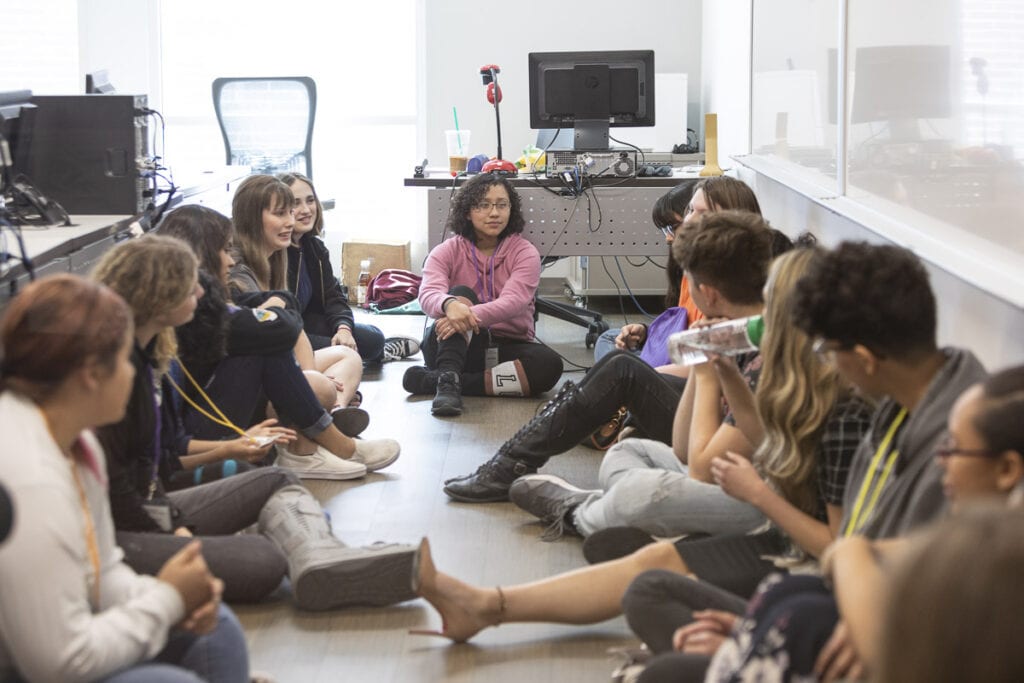We provide young people with strategies to peacefully and effectively address and resolve conflicts with friends, family, peers and others.
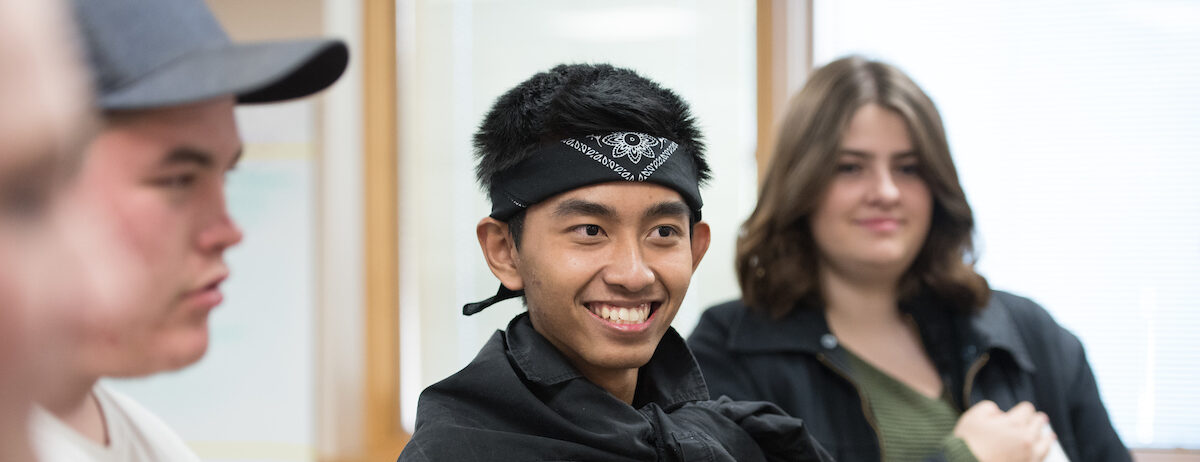
Jump to a section:
Important Conflict Resolution Terms
- Conflict: a natural, fundamental, and pervasive part of life. It is what happens when things are opposed — when different interests, claims, preferences, beliefs, feelings, values, ideas, or truths collide. (Peter Coleman and Robert Ferguson)
- Bullying: unwanted, aggressive behavior that involves a real or perceived power imbalance. The behavior is repeated, or has the potential to be repeated, over time. (stopbullying.gov)
- Cyberbullying: bullying that takes place over digital devices like cell phones, computers, and tablets. Cyberbullying can occur through SMS, Text, and apps, or online in social media, forums, or gaming where people can view, participate in, or share content. Cyberbullying includes sending, posting, or sharing negative, harmful, false, or mean content about someone else. It can include sharing personal or private information about someone else causing embarrassment or humiliation. (stopbullying.gov)
- Microaggressions: brief, everyday exchanges that send denigrating messages to certain individuals because of their group membership. (Derald Wing Sue)
- Conflict resolution: the process for resolving a conflict, usually using specific strategies.
- Restorative practices (or restorative justice): a philosophy, not a curriculum, focusing on building positive relationships and providing opportunities for community members to take responsibility for their behavior while remaining connected to the community. An intentional restorative approach fosters a compassionate, relationship-centered culture. (Conflict Center)
How Conflict Shows Up
- One out of every five students report being bullied. The reasons for being bullied reported most often by students include physical appearance, race/ethnicity, gender, disability, religion, and sexual orientation. More than one third of bullying reports by adolescents are bias-based. (National Center for Educational Statistics)
- Students with disabilities report greater rates of victimization than their peers without disabilities, and their victimization remains consistent over time. When reporting bullying, youth in special education were told “not to tattle” almost twice as often as youth not in special education. (Youth Voice Project)
- 59% of U.S. teens have been bullied or harassed online, and a similar percentage says it’s a major problem for people their age. (Pew Research Center)
- Research on microaggressions provides strong evidence that they lead to elevated levels of depression and trauma for people of color. (Center for Health Journalism)
- Family conflict, family dynamics, and school problems are among the primary risk factors that lead teens to runaway, resulting in homelessness. (Congressional Research Service)
Conflict Resolution Leaders Who Inspire Our Work
Here’s a list of folks who are leading the conversation on conflict resolution today, whether on the local or national level. They inspire and inform our work. Follow them on social media, or seek out opportunities to hear them speak to dig deeper on these issues.
YCD Workshops on Conflict Resolution
YCD has a curated library of over 60 workshop guides on every aspect of inclusion and justice work for middle and high school youth to explore in their own youth-led club or group — with new workshops being published every month. These guides can also be used by educators as part of their in-school curriculum, where interested.
Below is a free sample workshop created by YCD on the topic of conflict resolution, available for anyone to use and download.
Conflict 101 and Group Norms
With any inclusion and justice club, it’s vital for group members to anticipate conflict can arise, and to set group norms for how all members are expected to behave.
Other topics available as downloadable workshop guides or offered at YCD conferences/events include:
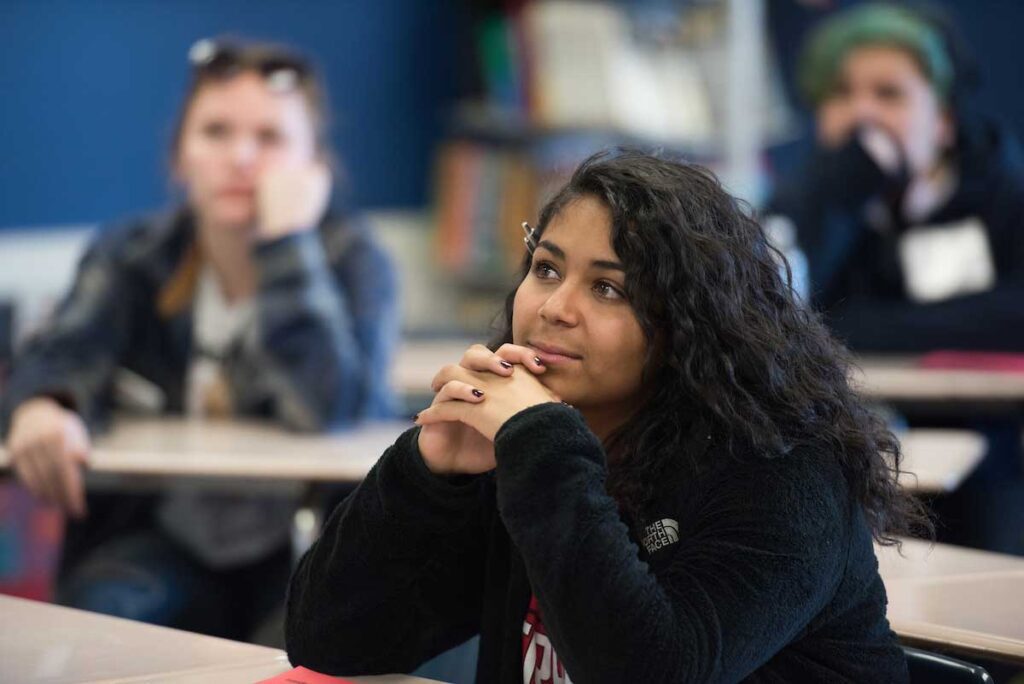
Are You as Open-Minded as You Think?
Join us in an exploration of biases, acknowledging both positive and negative aspects of our bias. Small groups will unfold everyday examples of conscious and unconscious bias and stereotypes, and strategies to address them.
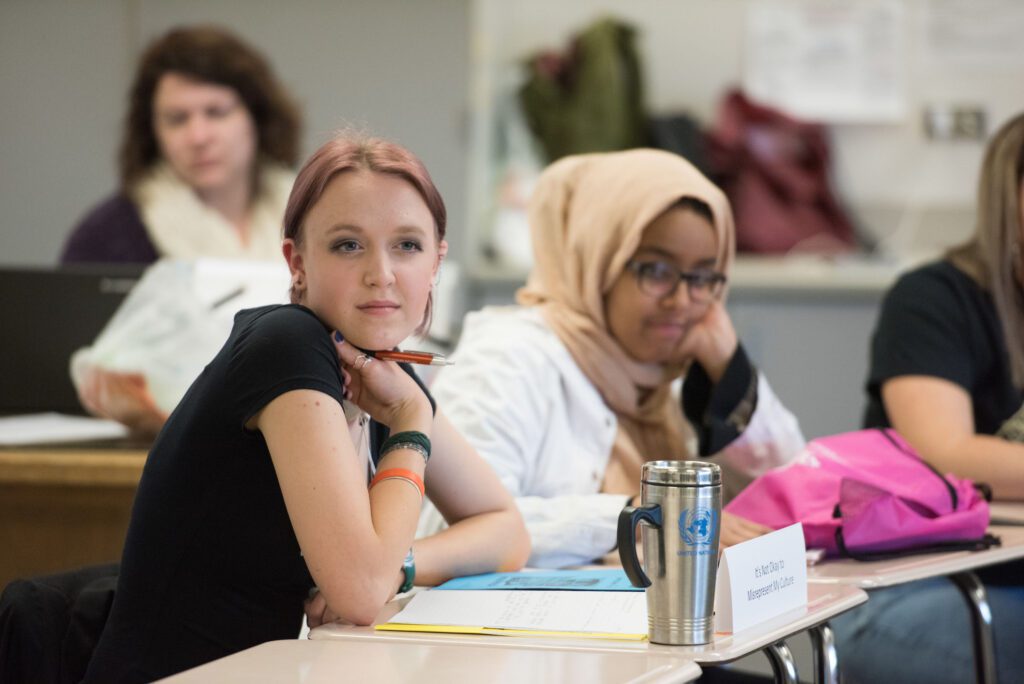
Finding Your Voice and Skills for Family Conflict Resolution
Everyone experiences conflict with family members—over who we are, what we believe, and so many other things. We will discuss effective ways to navigate conflict with family members, so we can strengthen our relationships.

Restorative Circles for Conflict Resolution
Restorative practices provide a meaningful and community-based method for resolving conflict. This activity invites youth to think about how this process could be used in conflicts in their lives, and includes role-play to witness successful resolution of conflict through restorative circles.
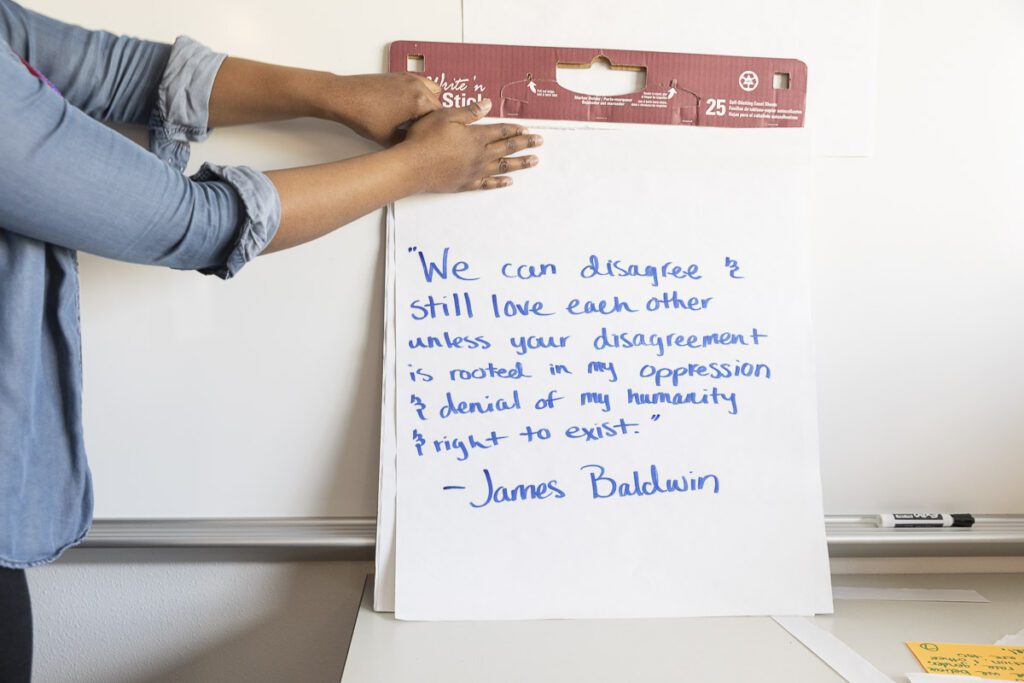
Navigating Diversity Backlash
This workshop is an interactive conversation about why there is resistance to equity, diversity, and inclusion efforts and how to work through the backlash. Learners will engage in dialogue and activities (role-play is one) to come away with strategies on how to address diversity backlash when they are faced with resistance to their work in social and racial justice.
To experience these workshops, YCD events, and much more, start or join a YCD chapter!
Videos to Explore Conflict Resolution
Creating Space for Dialogue
Teens Talk Podcast Host Leila brings together a diverse group of experts to learn more about creating a safe space for dialogue on important and sensitive topics, especially related to inclusion and justice.
How to Create and Uphold Community Space
Teens Talk Podcast host Lameese is joined by college student Rohan to discuss what actually goes into running and maintaining a community space. You will learn tips and skills used to maintain a safe space while still creating change. You will also leave remembering people are too nuanced to put in a box when building a group.
The Psychology behind Microaggressions
What are microaggressions? What is their impact on people of color, and students of color? How can we focus on healing after suffering from a microaggression? In this video a student interviews psychologist Dr. Mariel Buquè about the psychology of microaggressions.
Stay up to date for future student-generated videos on this topic and more by subscribing to YCD’s YouTube channel.
Conflict Resolution Books for Students
Here is a list of recommended books for students and teens that explore and address conflict resolution. You can find free e-books or your local library using OverDrive.com.
Conflict Resolution Books for Educators and Parents
And this list is for educators and parents looking for guidance on conflict resolution, whether within the classroom or school system or within the family.
Movies Addressing Conflict Resolution
Below are movies that address conflict resolution in meaningful and compelling ways.
Podcasts on Conflict Resolution
Here is a list of recommended podcasts you can download and follow to explore conflict resolution in more detail.
Ideas for Local Actions to Engage in Conflict Resolution
- Start with yourself and your club or friend group. What conflicts or uncomfortable dynamics have played out, and how have they been addressed (or have they gone unaddressed)? Create a circle led by a trained facilitator, whether a peer mediator or a trusted teacher. Talk through the issues and work to reach an understanding that everyone feels good about. If your group can’t resolve conflict within itself, how are you going to work on conflict resolution in the wider school? The hardest work is always with ourselves.
- Work to become a trained facilitator to manage group discussions and conflict that may arise. YCD offers leadership training for youth to become trained student facilitators, skills they can use in biweekly chapter meetings, at YCD conferences and events, or in their everyday life.
- Enact an anti-bullying campaign. There are many resources and options online; one to check out is the HEAR for High Schools program, which was created by experts at the Harvard Graduate School of Education and the University of Nebraska-Lincoln. The program is delivered by trained members of the National Guard at no cost for schools, with a special focus on cyberbullying. A second option to investigate is Kind Campaign, which focuses on girl-on-girl bullying. If these programs aren’t a good fit, do some research to find a program that matches your school’s need, or contact us for more guidance or advice. Make sure to pick a program that matches and addresses your community’s need and is culturally competent for your student body.
- Engage in a group project to learn about microaggresions in more detail, document examples in your community, and share the knowledge with others to push for change. Here is a useful tool on the different themes that come up with microaggresions, examples, and underlying messages. Move beyond identifying the problem by coming up with specific tips and strategies (through brainstorm and research) for students as well as teachers on how to handle or interrupt microaggresions when they occur, and then present your findings.
- Teachers, here’s a decent list of microaggresions that can be perpetrated in the classroom. Use it to keep yourself in check, and to guard against and call out microaggresions committed by colleagues.
- Does your school have a restorative justice program? If not, talk to deans, counselors and others about the approach and research that shows its effectiveness in reducing conflict in schools. Search for an experienced RJ practitioner (we can provide referrals) to guide your school through the process of implementing a new restorative justice program. Understand this process will require buy-in from all parties, and often requires several years to fully implement.
Do you have a suggestion of an addition or resource for this page? Share your idea with us.

